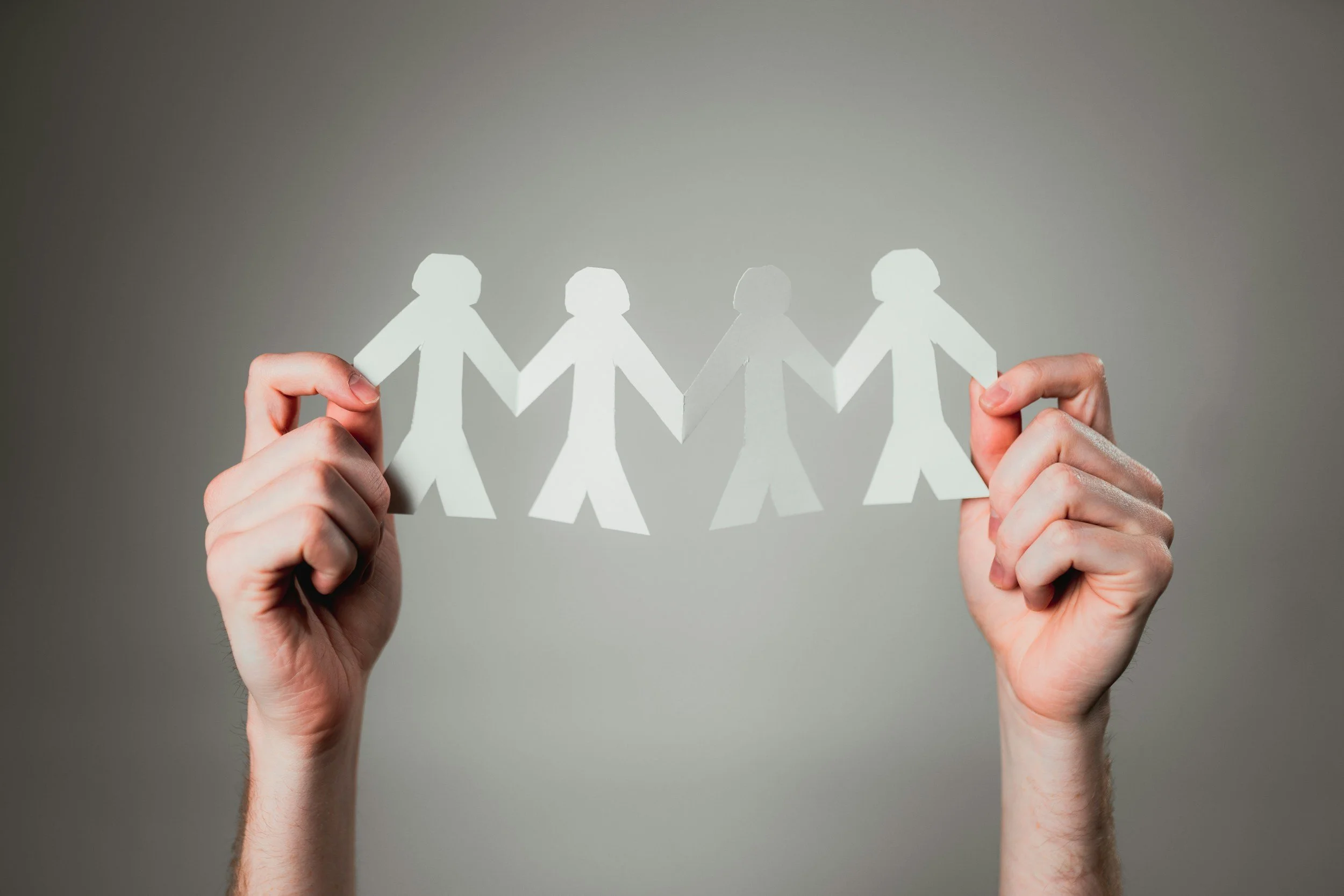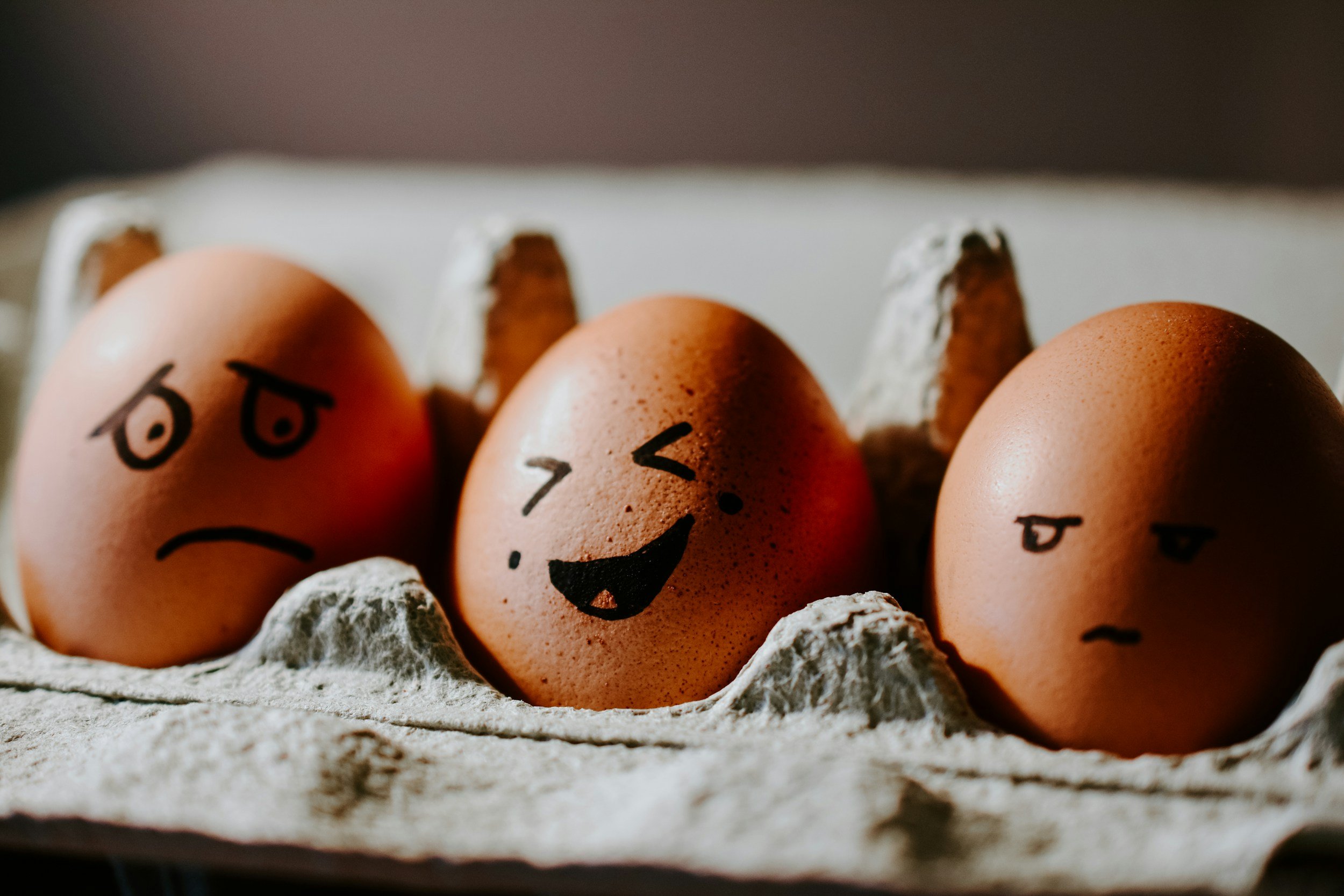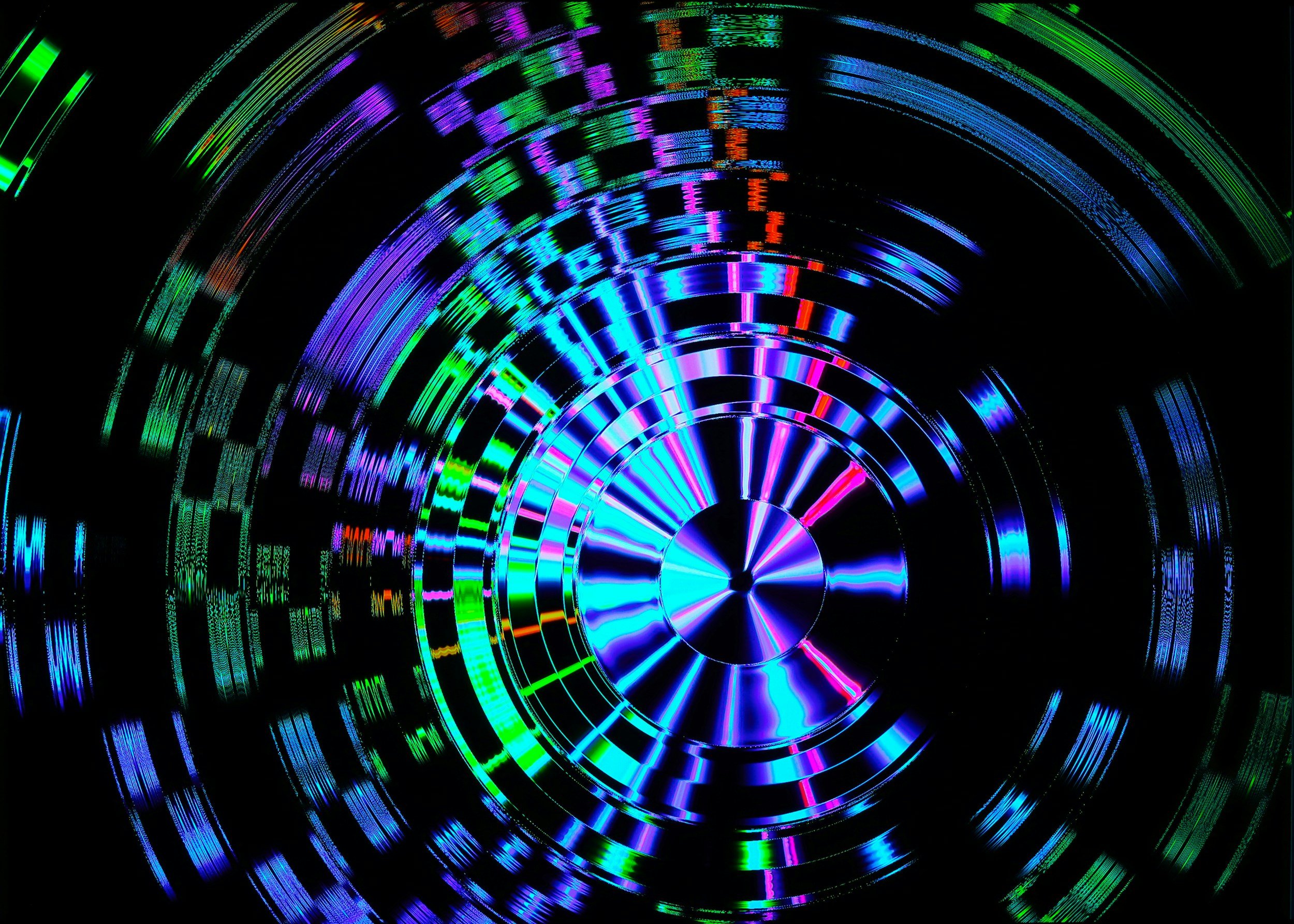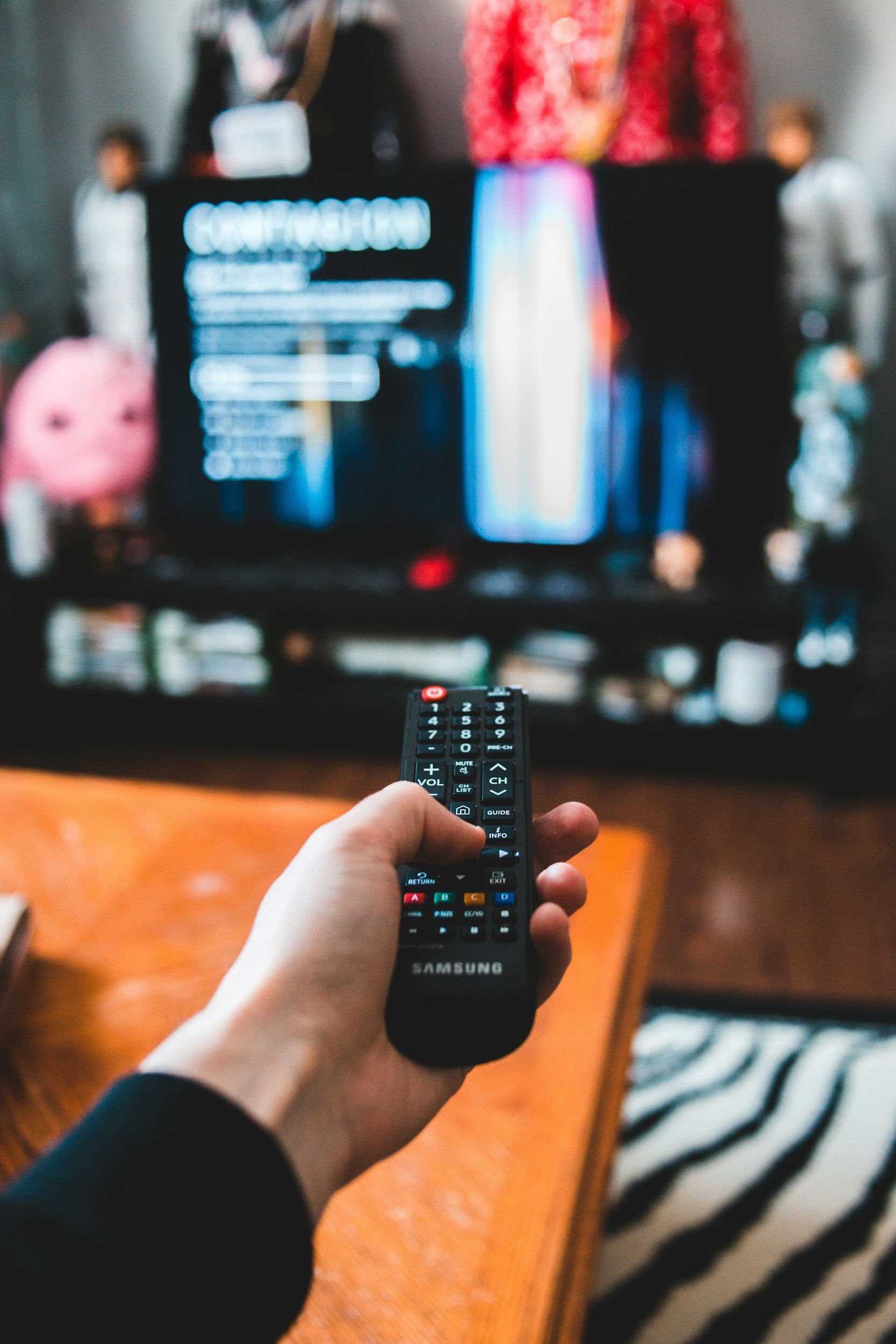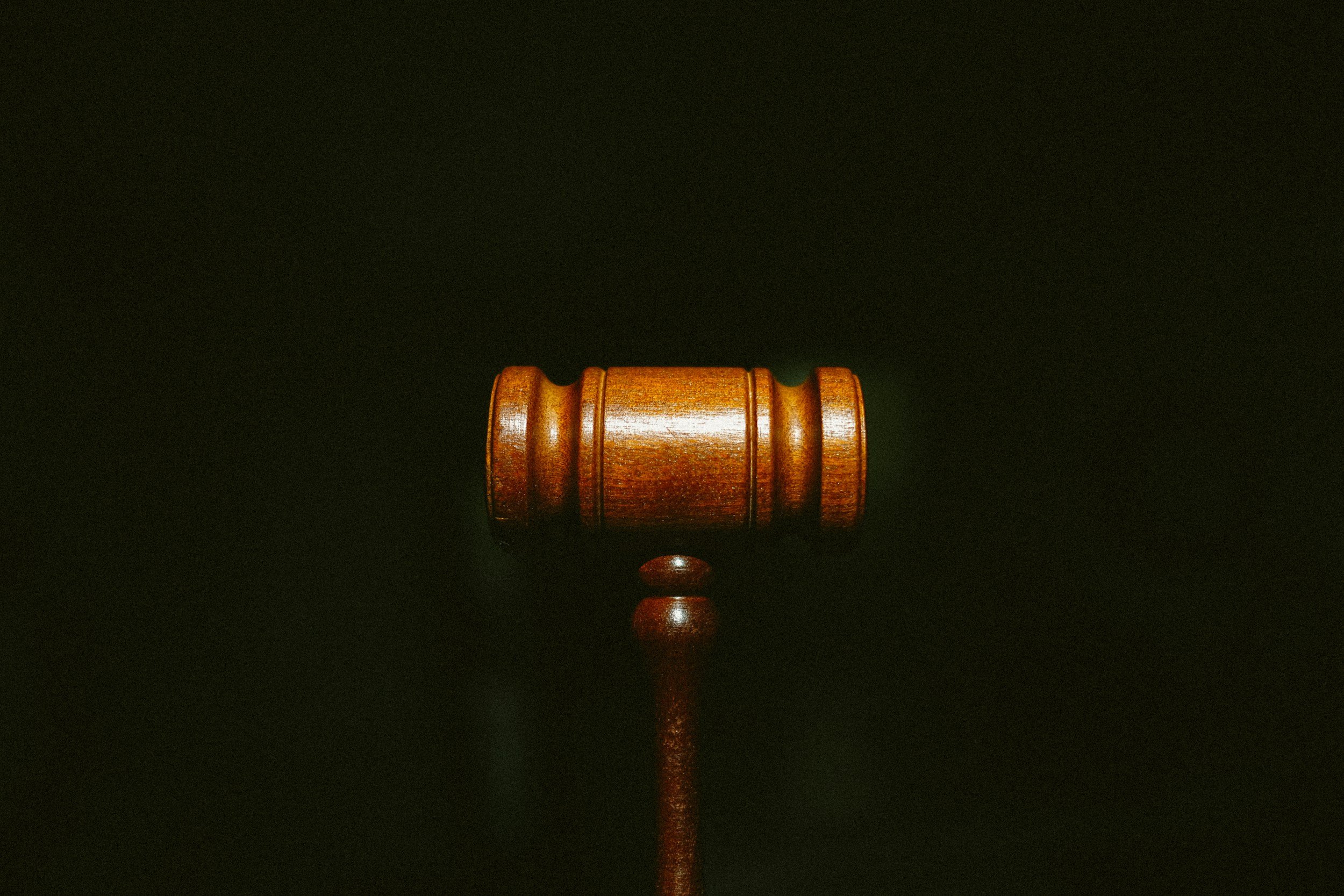Confirmation Bias: Why We Find What We’re Looking For
Imagine skimming the news, pausing on headlines that vindicate your hunches, and scrolling past those that grate against them. That everyday reflex is confirmation bias: the tendency to seek, interpret and remember information in ways that protect existing beliefs. It is neither a moral failing nor a modern invention. Francis Bacon lamented in Novum Organum (1620) that the mind “draws all things else to support and agree with it.” Four centuries later, sophisticated experiments, brain-imaging studies and social-media algorithms reveal just how deeply the bias is baked into human cognition—and how costly it can be for science, health and democracy.
This essay offers a clear, research-based tour of confirmation bias. We trace its scientific origins, dissect the cognitive and neural mechanisms that sustain it, survey real-world consequences in a digital age, and examine the latest evidence on how (and how not) to debias ourselves.
From Wason’s Card Task to 21st-Century Replications
Modern study of confirmation bias began with Peter Wason’s selection-task experiments in the 1960s. Confronted with a rule (“If a card has a vowel on one side, it must have an even number on the other”), most participants turned over only the cards likely to confirm the rule, ignoring those that could falsify it (Wason & Johnson-Laird, 1972). Lord, Ross and Lepper’s (1979) classic debate on capital punishment showed the same asymmetry in a hot political context: pro- and anti-death-penalty advocates each judged supportive evidence as stronger, assimilating and counter-arguing in line with prior views.
In the decades since, laboratory paradigms have multiplied—selective-exposure tasks, biased-assimilation measures, memory-recall tests—raising a puzzle: are these merely cousins, or facets of a single latent trait? A 2024 multitrait-multimethod study in Nature Scientific Reports found substantial convergence across nine tasks, suggesting a common factor underlying search, interpretation and memory components of the bias (Berthet, Teovanović & de Gardelle, 2024). The field’s replication ethos, itself a response to methodological confirmation bias (Bryant, 2024), confirms that the phenomenon is robust—only its magnitude varies across situations and individuals.
How the Mind Manufactures Certainty
Cognitive Architecture
Confirmation bias rides on several well-charted heuristics:
| Stage of processing | Typical mechanism | Illustration |
|---|---|---|
| Information search | Selective exposure — preferring congenial sources | Choosing news outlets aligned with one’s politics |
| Interpretation | Biased assimilation — scrutinising dissonant evidence more harshly | “Motivated scepticism” toward climate data contradicting personal views |
| Memory | Selective recall — better remembering supportive evidence | Recalling successes over failures when evaluating a business strategy |
Nickerson’s (1998) synthesis argued these stages serve an overarching drive for cognitive coherence: belief consistency saves mental effort and guards identity. Klayman (1995) showed that “positive-test strategies” often succeed in everyday hypothesis testing—if objects that possess a property are rarer than those that do not, looking for confirming cases is efficient. In other words, confirmation bias is a feature of a resource-bounded brain, not a bug randomly inserted by evolution.
Neural Correlates
Functional MRI studies reveal that expectancy-consistent information lights up the brain’s reward circuitry (ventral striatum) while expectancy-violating data activates conflict-monitoring regions such as the anterior cingulate cortex (ACC) (Sharot & Garrett, 2021). The affective load of disconfirmation may help explain “myside bias,” the emotionally charged variant observed in moral and political domains (Stanovich et al., 2013).
Confirmation Bias in the Wild
Science and the Replication Crisis
Within research, confirmation bias manifests as HARKing (hypothesising after results are known), p-hacking and publication bias, thereby inflating false positives. “Stop Fooling Yourself!”—a 2024 tutorial for neuroscientists—links sloppy masking and selective analysis directly to confirmation bias, urging preregistration and blinding as antidotes.
Health and Misinformation
During the COVID-19 pandemic, vaccine-sceptical individuals gravitated toward content confirming their doubts. An online experiment with 1,479 participants showed that simply teaching people what confirmation bias is reduced susceptibility to fake news—especially among those most negative toward vaccination (Piksa et al., 2024). The result underscores a grim reciprocity: the stronger one’s scepticism, the more confirmation bias amplifies misinformation, which in turn deepens scepticism.
Politics, Social Media and Echo Chambers
Algorithmic curation turbo-charges selective exposure. Pennycook and Rand (2019) found that users are more likely to share politically congenial but low-quality content. While social platforms promise diverse feeds, their engagement-optimised recommender systems often exploit confirmation bias, nudging users into polarised echo chambers.
Individual Differences and Situational Triggers
Recent work indicates that confirmation bias is not monolithic. Cognitive-reflection tests, need-for-closure scales and dogmatism indices all predict its severity, but each taps different aspects. Berthet et al. (2024) showed positive correlations between pseudoscientific beliefs and all three components of confirmation bias even after controlling for cognitive ability. Situational factors—time pressure, emotional arousal, group identity cues—further modulate the effect size (Mercier & Sperber, 2011).
Debiasing: What Works, What Doesn’t
Whitt and colleagues’ (2023) registered report pitted three popular strategies—consider-the-opposite, bias-psychoeducation and social-norms cues—against each other. Only the social-norms manipulation reliably reduced selective exposure; the other two produced weak or inconsistent effects. More hopeful news comes from “boosting” interventions: repeated analytic-thinking training improves resistance to both reasoning fallacies and confirmation bias.
A practical toolkit now includes:
Pre-mortems and devil’s-advocate protocols in organisations.
Bayesian updating workshops teaching people to weigh disconfirming data proportionally.
Structural fixes—double-blind peer review, preregistration, registered reports—to insulate science from researchers’ expectations.
Algorithmic transparency and diverse-feed nudges to counteract echo-chamber dynamics.
Meta-analytic reviews caution, however, that debiasing effects are often domain-specific, short-lived, and vulnerable to motivational pushback (Bryant, 2024). For confirmation bias—a bias so entwined with identity—no silver bullet exists.
Emerging Frontiers
Artificial intelligence. Large-language-model explanations can echo user assumptions, effectively scaling up confirmation bias. Researchers are exploring “self-distillation” and adversarial prompting as ways to push models toward epistemic humility.
Neurofeedback. Pilot studies using real-time fMRI to dampen ACC activation during disconfirming feedback hint at a neurocognitive route to debiasing, though ethical and practical hurdles abound.
Collective cognition. A distributed-cognition framework (Smith & Steiner, 2024) argues that decentralising deliberation—via open peer-review or citizen-assembly models—dilutes individual confirmation biases, harnessing diversity as an epistemic asset.
Simply Put
Confirmation bias is psychologically ordinary but societally extraordinary. It buttresses identities, fuels partisan rancour, distorts science and, aided by algorithms, supercharges misinformation. Yet the very insight that our species is predictably biased is itself grounds for optimism. Awareness interventions, rigorous scientific protocols, and designs that force us to confront disconfirming evidence can all chip away at the bias.
Bacon’s warning still stands, but so does his faith in systematic inquiry. By turning scepticism inward—questioning not just what we read but how we read—we can move a little closer to the elusive bullseye of truth.



